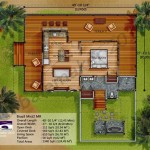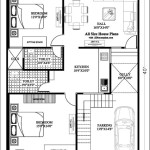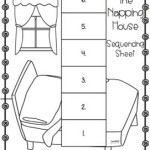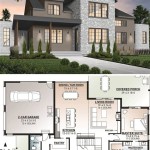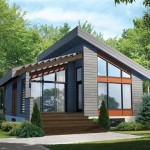Essential Aspects of Container Home Plans
Container homes are a sustainable and affordable alternative to traditional housing options. They offer a range of advantages, including durability, mobility, and energy efficiency. However, it's crucial to consider essential aspects when designing a container home plan to ensure a comfortable and functional living space.
1. Container Selection
The type and size of the containers used will significantly impact the design and layout of your home. Standard shipping containers come in various sizes, from 20 feet to 40 feet in length. Choose containers that suit your space requirements and the number of occupants.
2. Layout Planning
The layout plan determines the flow of the home and the allocation of space for different functions. Consider the placement of windows, doors, and internal walls to maximize natural light and ventilation. Divide the space into functional areas, such as bedrooms, bathrooms, living areas, and storage.
3. Structural Integrity
Container homes require careful attention to structural integrity. Reinforcements may be necessary to strengthen the container's frame and withstand additional loads, such as a roof or upper stories. Consult with engineers to determine the appropriate reinforcement methods based on your design.
4. Insulation and Climate Control
Insulation is vital for maintaining a comfortable temperature inside a container home. Choose insulation materials that suit your climate and provide year-round comfort. Additionally, consider installing heating and cooling systems to regulate the interior temperature effectively.
5. Utilities and Appliances
Access to utilities is essential for modern living. Plan for the installation of electricity, plumbing, and gas lines. Determine the placement of sinks, toilets, showers, and kitchen appliances to ensure proper functionality and ease of use.
6. Exterior Design and Finishes
The exterior design of your container home can enhance its aesthetics and blend with the surrounding environment. Consider adding siding, paint, or other decorative elements to create a visually appealing facade. Choose durable materials that can withstand various weather conditions.
7. Permits and Regulations
Before constructing a container home, obtain the necessary permits and approvals from local authorities. Regulations regarding building codes, zoning, and environmental impact may vary depending on your location. Ensure that your plans comply with all applicable requirements.
Conclusion
Designing a container home plan involves careful consideration of various essential aspects to ensure a comfortable and functional living space. By selecting the right containers, planning an efficient layout, addressing structural integrity, providing proper insulation and climate control, incorporating utilities and appliances, enhancing the exterior design, and obtaining necessary permits, you can create a unique and sustainable home that meets your needs.
Container House Plans Home Singapore
9 Container Home Floor Plans That Maximize Space House
Container Home 40 Foot Full Construction House Plans Blueprints Usa Feet Inches N Metric Sizes Hurry Last Sets
Container Home 6 Floorplan Design Plans House
4 Bedroom Container Home Floor Plans 8 Designs For Large Families
20 Foot Container Home Floor Plans
Container Home Floor Plans Types Examples Considerations Cedreo
Container Home Plans Blueprints Housing
Container Home Plans Cmg Containers
Container Homes House Plans Book Designs Best Buy

